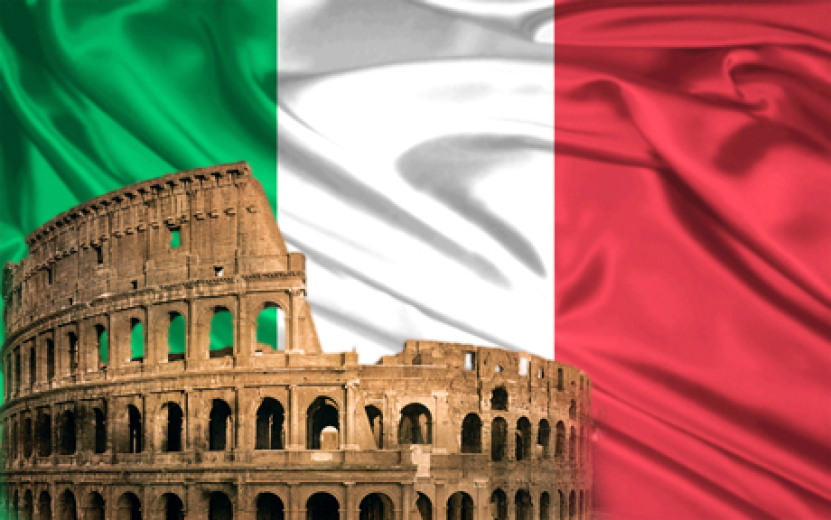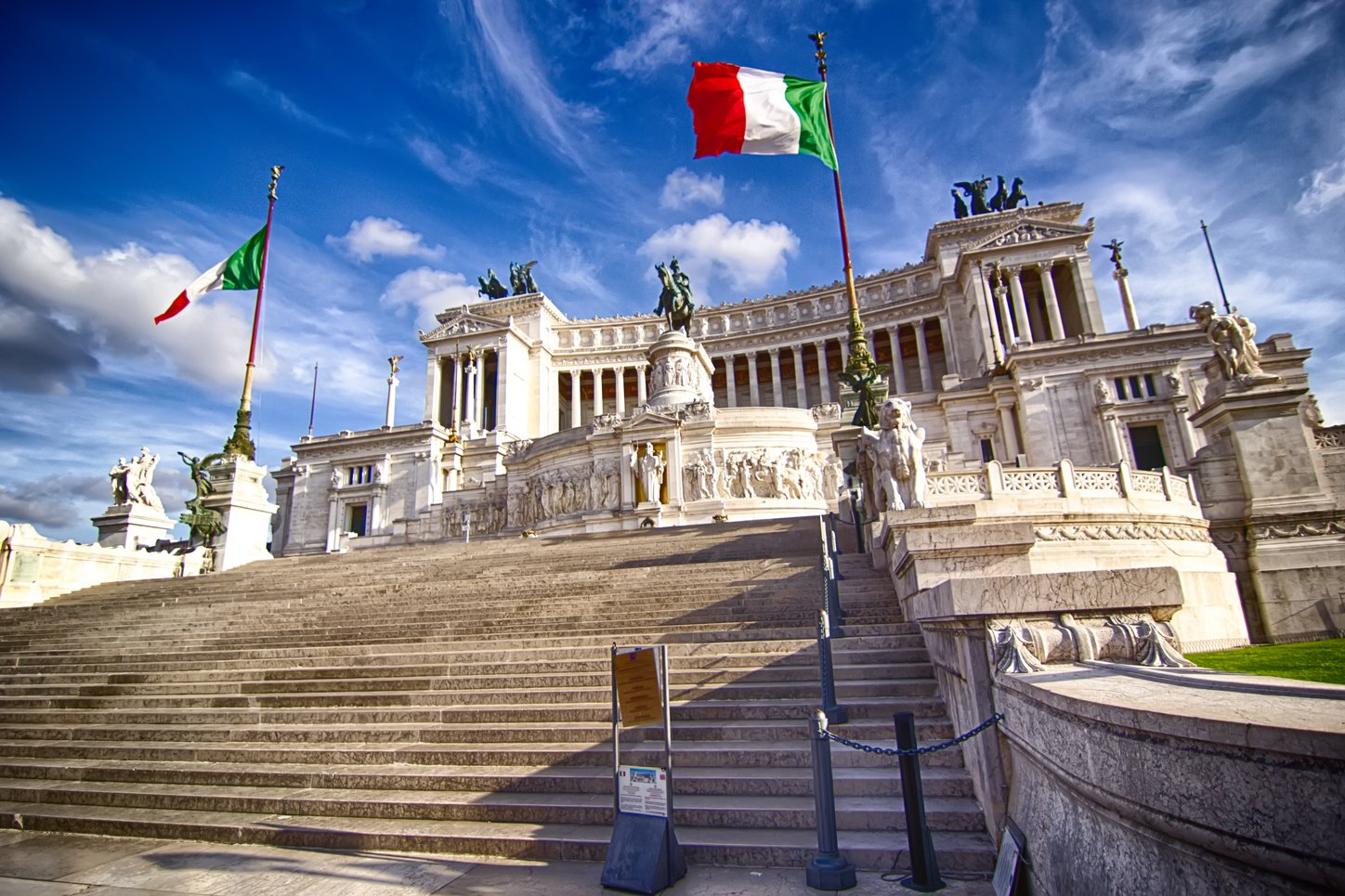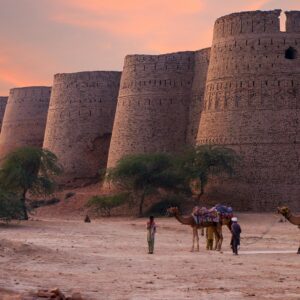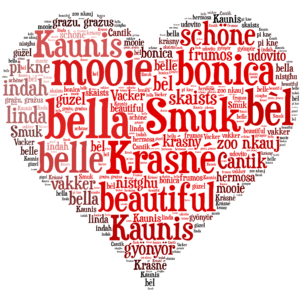Italian belongs to the Romance group of languages. Chronologically, it comes from the Latin language, being part of the Italic branch of the Indo-European language family. Italian has the greatest similarity with two other Italo-Dalmatian languages - Sicilian and the dead Dalmatian language.
Unlike most other Romance languages, Italian and italian to english translation has retained the distinction between short and long consonants. Like most Romance languages, stress is fixed. Also among other Romance languages, Italian remains closest to Latin in terms of vocabulary. The lexical similarity is 90% with French, 88% with Catalan, 85% with Sardinian, 82% with Spanish and Portuguese, 78% with Romansh and 77% with Romansh.
Renaissance Italian
With the advent of the Renaissance, Italian became the language used in the courts of every state in the peninsula. Dante’s rediscovery of De vulgari eloquentia (vernacular eloquence) and renewed interest in linguistics in the 16th century sparked a debate throughout Italy regarding the criteria to be followed in establishing a modern literary and colloquial language. Scientists divided into three factions:
The Purists, led by the Venetian Pietro Bembo (who, in his “Azolan Discourses”, argued that the language and italian to english should be based only on the great classics of literature, such as Petrarch and partly Boccaccio). The purists felt that The Divine Comedy was not noble enough because it used elements from non-lyrical layers of language.
Nicolò Machiavelli and other Florentines, who preferred a variant of the language spoken by ordinary people of their time.
Courtiers like Baldassare Castiglione and Gian Giorgio Trissino, who insisted that each local vernacular contributes to the formation of a new standard.
The fourth faction advocated that the best Italian language would be the one accepted by the papal court. It was a mixture of Florentine and Roman dialect. In the end, Bembo’s ideas prevailed, and the founding of the Accademia della Crusca in Florence (1582–1583), the official legislature of the Italian language, led to the publication of the Latin volume Floris italicae linguae libri novem (The New Liberty of the Florentine Italian Language) by Agnolo Monochini. ) in 1604, followed by the first Italian dictionary in 1612.





